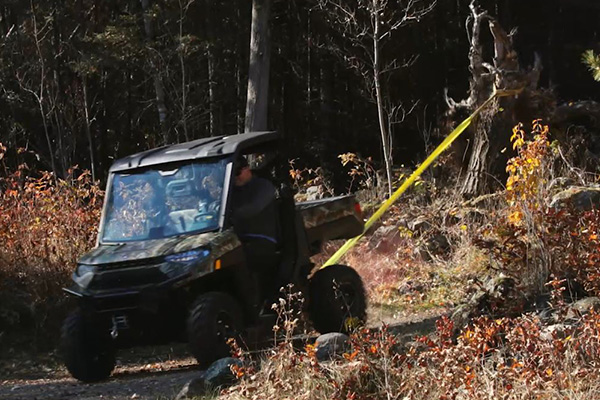Trust your UTV to AMSOIL their UTV product line of synthetics is engineered to protect your weekend. Check out the article that explains the inner workings of your CVT.
Shop here and remember as a preferred customer you can save 25% on all products and free shipping on all orders over 100.00!
Most UTVs have a CVT, or continuously variable transmission. What goes on inside your CVT while you’re hard at work?…

Most UTVs have a CVT, or continuously variable transmission.
What goes on inside your CVT while you’re hard at work?
A CVT allows the engine to operate at optimum power and efficiency in varying conditions. It does this by changing the gear ratio based on speed, RPM and load.

The CVT has three basic components: a drive pulley connected to the engine, a driven pulley connected to the transaxle and a belt. Each pulley has weighted sheaths that move in and out due to centrifugal force. This changes the diameter of the pulley. The belt constantly moves back and forth to create the ideal gear ratio, much like a bicycle.
When you depress the throttle, the drive pulley narrows and the driven pulley widens, creating a higher gear ratio. When you let off the gas, the drive pulley widens and the driven pulley narrows, creating a lower gear ratio. When you’re hard at work, the drive pulley senses the increased load and narrows, creating a lower gear ratio. This gives you the torque needed to get the job done.

Your UTV’s CVT is sophisticated. And, while the CVT itself doesn’t require lubrication, the transaxle does. With CVT replacement costs of $2,500 or more, it pays to protect your UTV’s transmission.
Shop here and save by becoming a preferred customer.

